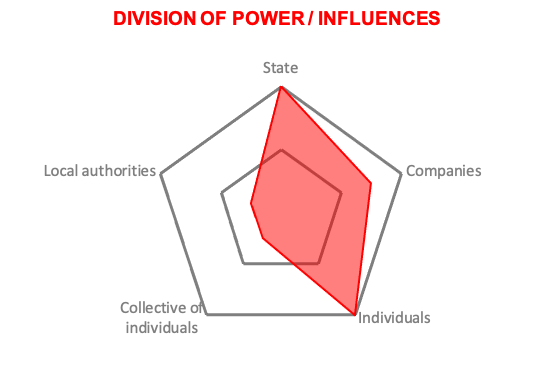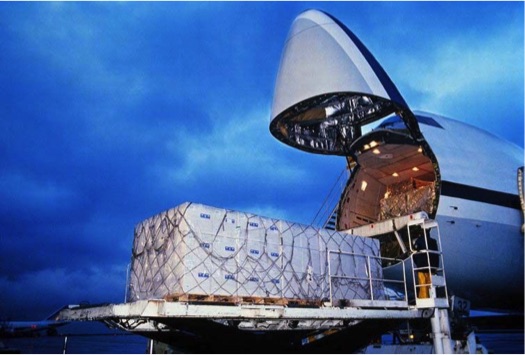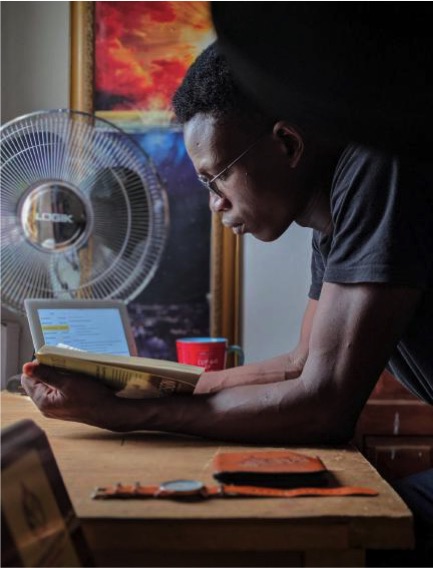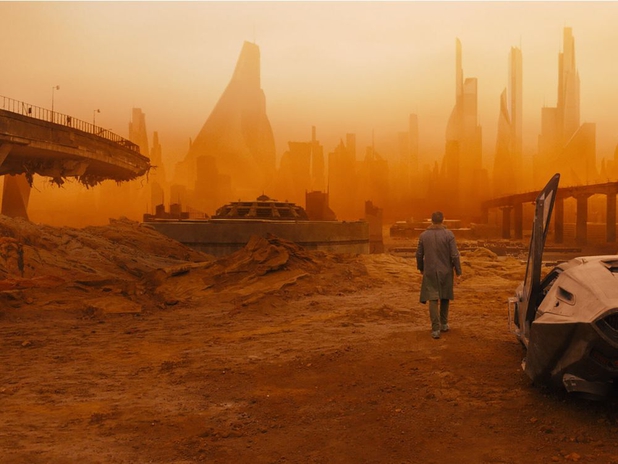- Home
- Prospective scenarios
- Scenario #1
Scenario #1
Scenario #1
Economic growth first
The world is heading towards an uprise of +4°C by 2100. In 2050, warming is already +3°C. The global population reaches 10 billion individuals.
Natural resources are running out – be they metals or still extractable materials or water resources. The sixth extinction is apparent and hindering farming. Natural catastrophes are increasingly frequent, temperatures reach extremes, and water levels rise by two metres. Some territories have become uninhabitable. Many islands in Oceania have completely disappeared, forcing inhabitants to seek refuge elsewhere.
Consumption pursues its ‘always more’ course in a society ever more individualistic and unequal. Economic growth consequently remains the same, even if it has slowed down dramatically compared to the 2000-2020s. Asia and America are developed continents although deep-rooted inequalities persist in predominantly liberal systems. Out of these continents has emerged an affluent class, which, for at least a decade now, has gained access to mass consumerism of goods and services. Furthermore, this class travels everywhere their country allows.
Inequalities are growing between those with access to consumption and those for whom goods have become too expensive, due to scarcity of resources leading to high inflation, including foodstuffs.
Africa remains the poorest continent with an extremely young population compared to others. This coupled with climate change, which is hitting the continent hard, is forcing the most promising members of communities to migrate to safeguard the survival of all.
Migrations have become structural. There is no longer any difference between political immigrants and climate immigrants, given they are facing the same emergency.
The level of conflicts worldwide is extremely high due to massive population migrations creating tension, in a time of national self-interest, and intense competition between countries. Blocs have formed that splinter regularly.
ILLUSTRATIONS
INDICATORS
Society

Organisation (of production, life…) is global, at times hampered by conflicts.

The body is marketable: attention economy, body parts. Thanks to medicine, the body can be augmented.

Ecosystems provide resources for humans, who allocate compensatory measures.

Sharing, open source is a niche occupied by believers.

Innovation is largely incremental.

Despite inflation, global consumerism is still slowly growing.
Resources

Fossil energy remains abundant with the use of coal.

Raw materials, agricultural goods and water are difficult to access so costly.

Growth is synonymous with exploiting resources.

The price of carbon is low, for greater competitiveness of national industrial sectors.

Natural disasters are commonplace. Pollution is at its peak. Life expectancy has fallen.
(Geo)politics

Conflicts and wars over water and materials are commonplace. Alliances fluctuate.

Migrations are massive due to climate disasters and dwindling resources.

Individualism is at its peak in society.
States and companies pursue the same growth strategy.
The voices of collectives are rarely heard.
MOBILITY

Globalised and carbonised mobility
Megacities with over 10 million inhabitants continue to sprawl over farmland, threatening agricultural production and biodiversity. Urbanisation is vertical but horizontal too, with neo-rurals settling in the countryside.
Multiple passenger transport modes in cities since demand for transport is high. Micromobility devices co-exist with bikes and cars, as well as all the public transport or shared vehicles.
The individual car is used a lot on most continents, especially by the affluent class seeking safety and social status. Record levels of congestion are frequently broken.
Digitising mobility and the city allows public authorities to try and fluidify flows by introducing regulatory tools (taxes, real-time signalling…). Major transport infrastructure is needed to curb congestion and encourage people to use public transport. The transport budget is costly for citizens largely due to scarcity of materials.
The acute question over sharing the roads between all these vehicles arises. The sky is also becoming an issue with the mass arrival of flying cars or drones in around 2030. Pollution linked to transport is delocalised to electric power stations fuelled by still plentiful fossil energies, like coal.
Air traffic, both for passengers or cargo, continues to steadily increase. Goods travel the world, produced in one place on the planet and consumed in another. The gigantism of ships continues apace to meet global consumer demand, ever growing.
A few, huge international firms control the production and shipping of goods. The biggest ones have integrated production chains, they market and deliver their brand. Others have specialised in digitising mobility with flow management schemes imposed on every major city across the globe.
The tourism sector is still enjoying significant growth, yet has changed considerably. Tourists travelled the world up until 2035, when conflicts broke out, forcing them to limit their choice of destinations depending on geopolitics, climate and health events. As for billionaires, they can afford VIP trips to the Moon Village.
THE STORY
Andrew is single, without children. He lives near Nairobi, in Kenya. A trained agricultural engineer, he is charge of an independent community of 40 people living in co-ownership.
His problem: to have medical treatment sent from China for a community member.
Andrew is burdened by constraints. The member of his community, unwell, can’t afford to pay for the medicine needed.
The goods logistics market is split in two. On the one hand there’s the ‘formal’ market, dominated by several multinationals; on the other, an ‘informal’ parallel market has sprung up to gain access to smuggled goods… run, in actual fact, by the very same multinationals. Andrew must turn to this latter market to obtain the medicine.
Since he can’t pay in cash for the medicine on the black market, Andrew must resort to somewhat shady means to get hold of it: he is going to sell a body part from one of his prisoners to a high ranking official from a neighbouring country. It’s important to bear in mind that in this world of conflict it’s not uncommon for prisoners captured from rival communities to be reduced to slavery.
Logistics multinationals have integrated value chains. This means removing body parts can be performed extremely competently and without the prisoner, transported into the neighbouring country by plane, or the recipient, running any risks. The transaction itself, recorded in a ‘dark blockchain’, is secure. The medicine is finally delivered to Andrew by drone, for the last miles, and handed over thanks to facial recognition.

OUR COMPANIES?

Brainstorming workshop
Would my company exist in this world? What/Who would its business, mission statement, offers, partners / competitors be?
What about other mobility industry companies?
What strategy to adopt from now on to make our companies strong in this particular scenario?
Redeeming technology as guide
